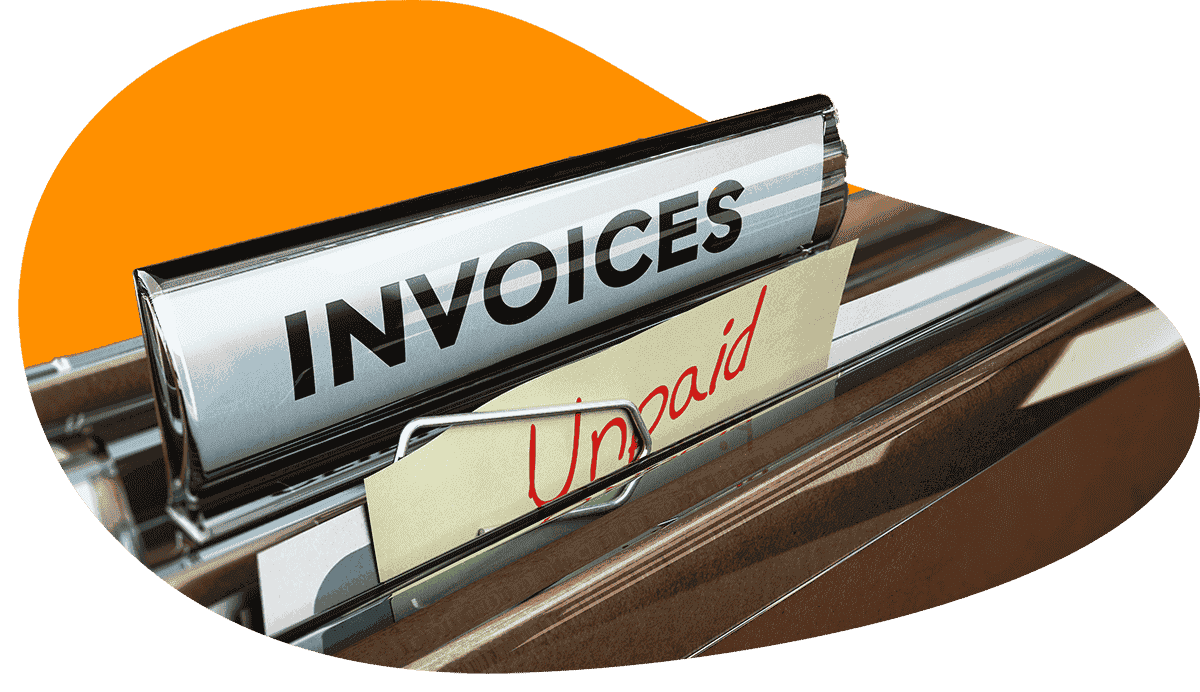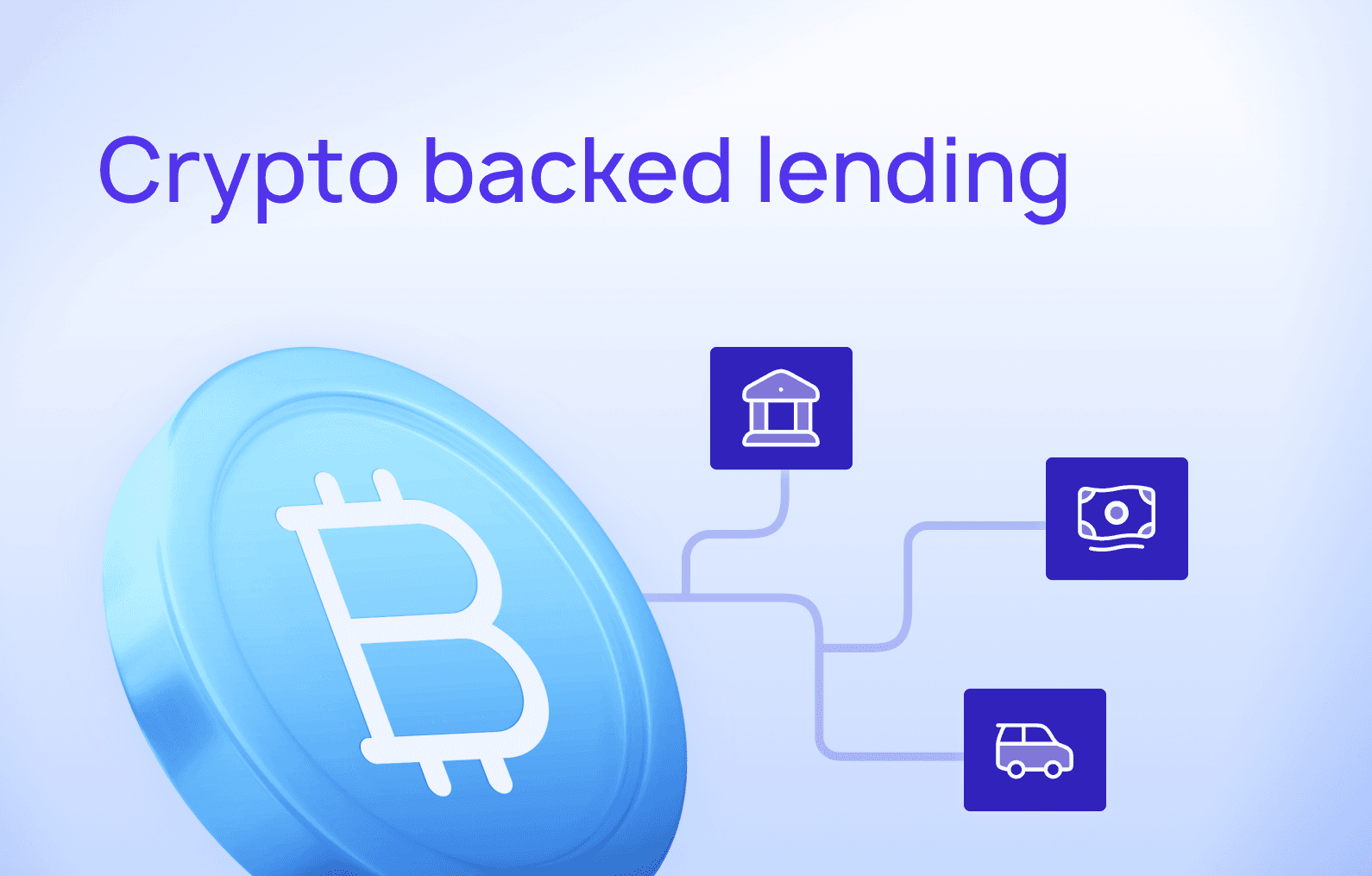How to Calculate and Track Bad Debt Expense
In a perfect world, all customers would repay their debts. Unfortunately, this doesn’t always happen: The reality is that there will always be some uncollectible accounts, leaving creditors to deal with bad debt.
If your business is hit with more bad debt than anticipated, you could encounter financial reporting challenges, cash flow problems, and even risk bankruptcy. Underestimating non-payment risk is common because it’s so difficult to collect enough customer data to understand behavior and determine the risk of non-payment.
Fortunately, if you know how to track your business’s bad debts and calculate the bad debt expense, you can stay one step ahead.
What is Bad Debt Expense?
Bad debt expense is the dollar amount of receivables your company doesn’t expect to receive. Basically, for one reason or another, the customer isn’t going to fulfill their obligation to pay.
Usually, a business won’t call an outstanding invoice or loan a bad debt expense until it meets a certain threshold. For example, you might not consider an unpaid bill to be bad debt expense if the customer has explained the situation and is making steps to pay their balance. But if you’ve tried to recover the debt and the client doesn’t respond to your communication or refuses to pay, you know you have a bad debt expense on your hands.

Files of unpaid invoices
According to the IRS, a bad debt is a loss from the worthlessness of a debt, such as the following:
- Loans to clients, suppliers, distributors, and employees
- Credit sales to customers
- Business loan guarantees
Bad debt can also complicate tax season and affect your financial KPIs. But if you listed the amount as income, you can deduct your bad debts when determining your taxable income as long as you have evidence a client won’t pay and you’ve taken reasonable steps to recover the amount.
Why Does Bad Debt Occur?
Bad debt occurs for several reasons, such as financial distress, poor communication, and disagreements, often requiring intervention from collection agencies.
For example, if a client goes bankrupt, they might not be able to pay their invoice, so the unpaid amount becomes bad debt. If you loan money but aren’t clear on the terms, you might lose all or part of the debt simply because of miscommunication.
There are also times when a client can pay an invoice but decides not to. Say you have a flower business and a client orders bouquets for a conference, but the flowers are wilted upon arrival. In response, your client refuses to pay the invoice. That unpaid receivable is a bad debt expense.
What Happens When Bad Debt Occurs?
Lenders end up with bad debt when a borrower stops paying a loan. This can happen in all types of lending, from business-to-business (B2B) lending to consumer auto loans.
For instance, when a factoring company lends a client money, but the outstanding receivables become uncollectable, it goes into the unpaid folder and can be listed as a bad debt.

Binders of Paid and Unpaid Invoices
The fact is that bad debt and the risk of protracted default are parts of doing business. As such, it’s an expense you should track and record to ensure you’re maintaining an accurate picture of your business’s financial health and not overestimating your revenue.
Why should I track bad debt ratios?
Debt is debt, right? Not exactly.
Consider two delinquent accounts that might look identical in your books, owing the same amount and being the same number of days past due. But one of these account holders is easy to reach and promises to pay their full balance as soon as they’re able, while the other has stopped responding or just outright refused to pay the bill. From a collections perspective, these accounts need completely different approaches if you want to get your money back without wasting time and effort on bad debt.
Unfortunately, many legacy loan management platforms don’t include clear labels for good debt or bad debt, leaving your agents manually digging through notes on each account to learn how it’s performing. But modern credit platforms, like LoanPro, support configurable labelling options that can automatically assign good or bad debt labels to accounts in your portfolio based on your own business logic.
Recording Bad Debt Expenses
Your business should record bad debt expenses if you use accrual-based accounting, which is recommended by Generally Accepted Accounting Principles (GAAP) standards.
Accrual-based accounting is all about recognizing revenue before it arrives in your bank account, and most businesses tend to opt for this method. However, some smaller companies might use cash-based accounting because bookkeeping is less complex.
With cash-based accounting, you record a payment when you receive it. That means you wouldn’t record an unpaid debt as income on financial statements, so you wouldn’t need to cancel out unpaid receivables by listing bad debt expenses.
As a lender or B2B company, you probably use accrual-based accounting and list uncollectable receivables as bad debt expenses. In that case, you can use two recording methods: The direct write-off method and the allowance method.
Direct Write-Off Method
This method can work if you have a small number of bad debts. If you have several, you run the risk of misstating your net income every time the bad debt entry happens in a different period than the sales entry.
To create a journal entry, debit the bad debt expense and credit the accounts receivable balance for the same amount. You would record bad debt expenses in a bad debt expense account as soon as you realize a debt is uncollectible.
Here’s what your journal entry should look like:
| Account | Debt | Credit |
| Bad debt expense | $400 | |
| Accounts receivable | $400 |
Allowance Method
Lenders and businesses that expect a portion of their receivables to go unpaid are better off using the allowance method.
To record bad debt expenses using this method, you’ll use a contra-asset account on your balance sheet (a contra-asset account has a zero or negative balance) and an allowance for doubtful accounts (AFDA), which is an estimate of bad debt expenses based on your historical averages.
Here’s what your journal entry should look like:
| Account | Debt | Credit |
| Bad debt expense | $750 | |
| Allowance for bad debts | $750 |
The idea of using the allowance method is to understand how much bad debt your business is likely to incur so you can plan ahead. Then, instead of running into surprise cash flow issues, you can factor an allowance account into your budget.
This allowance is your bad debt reserve, also known as the ‘allowance for doubtful accounts.’ It offsets the amount in your accounts receivable in your books. But you need to know how to calculate the bad debt expense percentage to estimate what your allowance should be.
How to Calculate Bad Debt Expense Using the Bad Debt Expense Formula
To calculate bad debt expenses, divide your historical average for total bad credit by your historical average for total credit sales. This formula gives you the percentage of bad debt, which you can also think of as the percentage of sales estimated to be uncollectable.
Here’s the bad debt formula:
Percentage of Bad Debt = Total Bad Debt / Total Credit Sales
Let’s look at an example:
Your lending business, on average, has $500,000 in sales each year. Your average bad debt expenses total $10,000. So your percentage of bad debt would be 2%.
$10,000/$500,000 = .02 x 100 = 2%
Now, you can use this percentage to estimate bad debt for your current period and determine your bad debt reserve.
Here’s the formula for calculating the bad debt expense. It’s almost the same formula as above, but the unknown variable has changed, and you’re calculating for the current period instead of looking at your historical averages.
Percentage of Bad Debt x Total Credit Sales = Bad Debt Allowance
Let’s say your business has $450,000 in sales for the current year, and you want to know what your bad debt allowance should be. Since your bad debt is 2%, you’ll multiply that by your total sales.
.02 x $450,000 = $9,000
The final number, $9,000, shows us that your company should decide to set aside $9,000 to allow for bad debt. Calculating your bad debt is essential to understanding your business’ liquidity because now you know that you have to account for $9,000 in lost income.
Mitigating Bad Debt Risks
LoanPro is the answer to mitigating bad debt risks in the business world. While bad debts might be a fact of life, it doesn’t mean you can’t take steps to prevent them. Here’s what you can do with LoanPro:
- Strengthen credit policies. Reduce future bad debt with more carful underwriting criteria and credit checks.
- Communicate clearly about your repayment terms within the invoicing process. Frequent reminders help borrowers avoid delinquencies, preventing future bad debt. You can do this by sending out due dates on invoices and sending automatic payment reminders to borrowers.
- Set clear late fees. If you build late fees into your payments, you motivate customers to pay on time. But it’s crucial to keep borrowers informed—late fees only add to your bad debt expense if borrowers only learn about them after they’ve missed payments.
- Remind customers about late payments. If your client or a borrower is overdue, send them an automatic email reminder. Including information about grace periods or other hardship programs might prompt a quick payment.
- Automate bad debt expense tracking. Use a modern loan management system to proactively monitor accounts, flag risks early, and take action before debts become uncollectible. With manual tracking, on the other hand, it’s easy to overlook signs that an account will become uncollectable until it’s reached a point of no return.
The more equipped you are to prevent bad debt, the easier it is to mitigate the non-payment risk and stay in control of your cash flow so your business consistently receives on-time payments and has a smaller chance of running into financial distress.
Other common questions around bad debt expense
When should a business record bad debt expense? A business should record bad debt expense in the same accounting period as the related sale, following the matching principle of GAAP (Generally Accepted Accounting Principles). Recording bad debt expense is primarily necessary for businesses that use accrual-based accounting, as it helps to provide a more accurate and realistic view of a company’s accounts receivable and profitability. Most businesses classify an outstanding account as bad debt when there is no reasonable expectation that it will be repaid
How do the direct write-off and allowance methods differ? The direct write-off method records bad debt as an expense only when a specific account is deemed uncollectible. This method is simple but violates the GAAP matching principle, as the expense may not be recorded in the same period as the sale. The allowance method, conversely, follows GAAP by estimating uncollectible accounts in advance and setting aside a reserve called the "Allowance for Doubtful Accounts". This method provides a more accurate representation of a company's financial position by estimating potential losses before they are confirmed.
Is bad debt expense tax-deductible? Yes, bad debt expense is generally tax-deductible, but there are specific rules and requirements from the IRS. To be deductible, the debt must be considered a business bad debt, which is a loss from a debt created or acquired in a trade or business. The direct write-off method is the one typically required for federal income tax purposes. You can only claim a deduction in the year the debt becomes worthless. If an account you had previously marked as a bad debt does make a payment, it needs to be recorded for accounting purposes.
Conclusion
Understanding your bad debt expenses allows your business to plan ahead, determine lost income, and help prevent cash flow issues.
What’s even better is that you can take things one step further and try and prevent bad debts if you have the right software. With loan servicing software like LoanPro, you can mitigate risks and improve relationships with your customers at the same time.
Related Reading: The most effective way to reduce bad debt is through borrower-friendly strategies that keep accounts healthy, not aggressive collections.
LoanPro is a feature-rich loan management system that lets you automate payment reminders, offer early payment discounts, communicate with customers, and gather customer data, so you know which customers are likely to pay on time. Contact LoanPro to schedule a live product demo with one of our knowledgeable lending experts.




